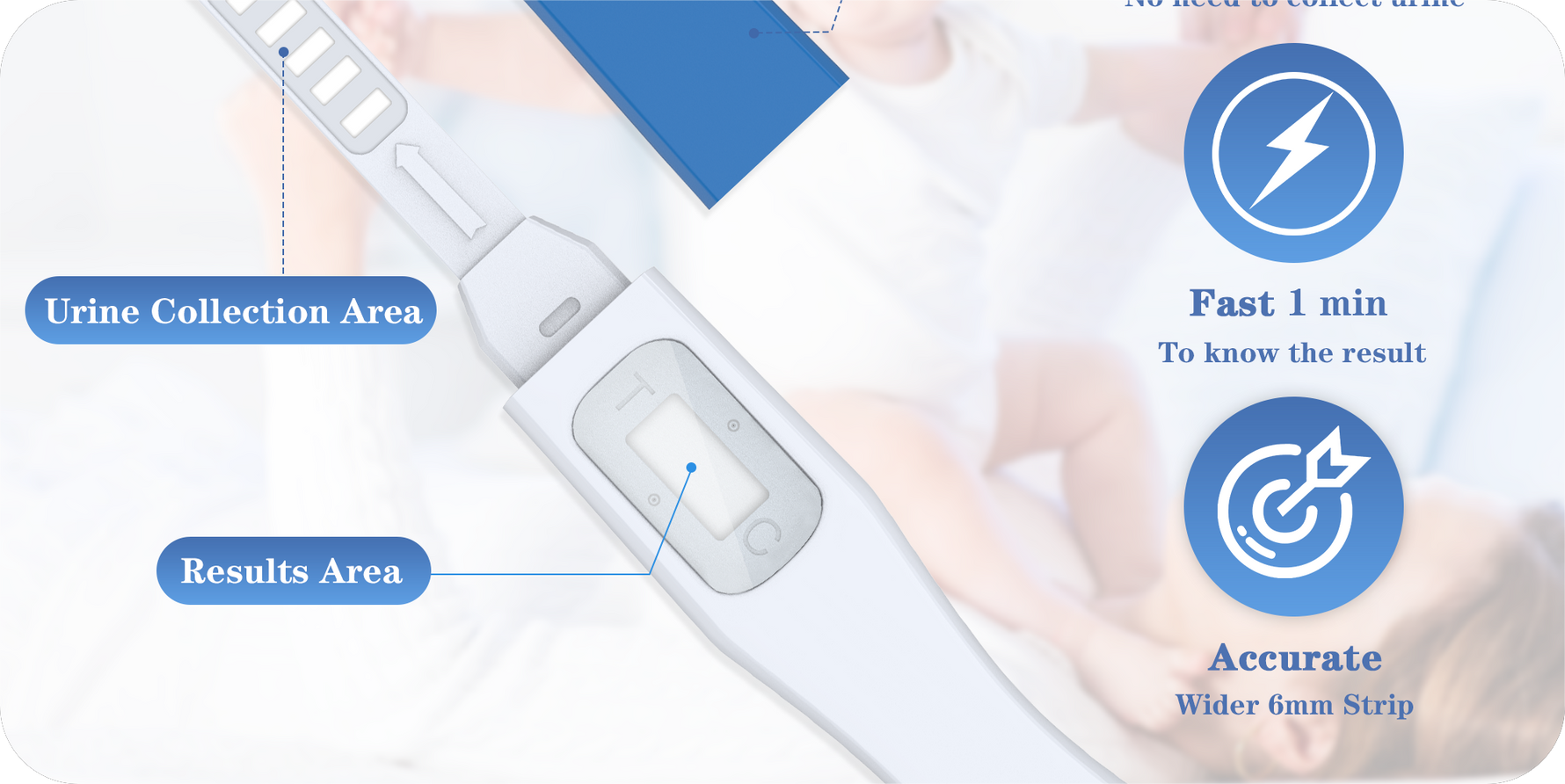Pregnancy & Breastfeeding Tips for New Moms: Preconception, Pumping & Parenting Support
Bloom Greens Plus Breastfeeding - Know Everything Here
MD- If you're wondering about drinking Bloom Greens while breastfeeding, this page has all the information you need. Learn about consuming Bloom Greens while nursing here.
As a breastfeeding mother, one should be very concerned about the food one intakes, so can you take Bloom Greens while breastfeeding? It is a very popular nutritional supplement, but if you are wondering if it is safe for nursing mothers, you have come to the right place.
Here, we will explore what it means to consume this TikTok famous supplement powder as a lactating mother. We will talk about benefits, risks, its effect on your child, and alternative options if Bloom Greens isn't right for you.
Can I drink bloom greens while breastfeeding?
Bloom Greens is a dietary supplement that typically comprises a variety of vitamins, minerals, antioxidants, and other beneficial substances. These supplements can be beneficial for some individuals, but is it safe for breastfeeding mothers?
Bloom Greens is typically fine for women who are just starting with green powders, as it is an organic green superfood blend. However, it is not advised for breastfeeding mothers as it contains adaptogens like ginseng. This adaptogen can potentially impact hormone levels and reduce milk production. But, if you seem to think Bloom Greens works for you, consult a physician or lactation consultant for a professional opinion.
Potential benefits
Bloom Greens, while breastfeeding, can be beneficial for some mothers and situations. They are as follows,
Nutrient Boost
Bloom Greens may help supplement the nutritional needs of breastfeeding mothers, especially if they have dietary restrictions or deficiencies. Its blend of many nutrients can provide an extra dose of necessary vitamins and minerals. This can be beneficial for both the mother and the baby.
Energy Levels
The nutrients in Bloom Greens can boost the energy levels of breastfeeding mothers. This is especially helpful for mothers who experience fatigue due to disrupted sleep schedules and the demands of breastfeeding and motherhood.
Antioxidants
Many Bloom Greens products are rich in antioxidants, which can support the body’s defense against free radicals and oxidative stress, which are harmful molecules and the damage they can cause. Thus, Bloom Greens, while breastfeeding, can be particularly advantageous for mothers going through the demanding postpartum period.
Improved Immunity
Some Bloom Greens products contain immune-boosting ingredients, which may help breastfeeding mothers maintain a strong immune system. This prevents them from getting sick and potentially passing illnesses to their baby through breast milk.
Potential risks for breastfeeding mothers
There are also many potential risks of consuming Bloom Greens while breastfeeding. After all, it is a processed product. Here are the most significant risks for breastfeeding mothers.
Allergens
Some Bloom Greens products may contain common allergens like soy, nuts, or dairy. If you have known allergies or sensitivities to any of these ingredients, consuming Bloom Greens while breastfeeding can pose a risk to your and your baby’s health. Always read the product label carefully.
Overdose Risk
While nutrients are essential, excessive intake can be harmful for a lactating mother. Excessive intake of Bloom Greens can lead to toxicity or imbalances, which may be detrimental to both the mother and the baby. It's vital to ensure that your overall nutrient intake, including your diet and Bloom Greens, is within recommended levels.
Clashes with medications
Supplements such as Bloom Greens can interact negatively with medications you might be taking postpartum. So, it's essential to consult with a doctor to check whether your medications and the Bloom Green will interfere with each other. In a worst-case scenario, this contradiction could lead to health issues for both you and your baby.
Effect of bloom greens on infants
If you can take Bloom Greens while breastfeeding, can your child do too? Since many substances that the mother consumes are transferred to her baby, it is safe to assume Bloom Greens does, too. The impact of Bloom Greens on breastfed infants depends on several factors.
Composition
The specific composition of Bloom Greens can vary from one product to another. If it contains ingredients that are safe for infants and not allergenic, it is less likely to cause problems for breastfed infants.
Transfer through breast milk.
Some nutrients from Bloom Greens may be transferred to the infant through breast milk. While this transfer can be beneficial in some cases, it can be risky if the supplement contains excessive amounts of certain vitamins or minerals. Additionally, many supergreen foods contain adaptogens, such as the ginseng in the Bloom Greens. Babies who consume adaptogens could overstimulate and agitate your child. Adaptogens can also result in side effects such as,
Allergic reactions
Abdominal pain
Constipation
Nausea
Diarrhea
If bloom greens contain allergens such as soy, nut, or dairy that your little one is sensitive to, it could result in adverse reactions. Bloom Greens is also manufactured in a facility that processes nuts and dairy products and should be avoided if you have a severe reaction to allergens.
Overdose risk
Infants are already very sensitive to the things they consume, making pure, wholesome breast milk extremely important. If the mother takes Bloom Greens while breastfeeding, she consumes high doses of certain vitamins and minerals. This might lead to an overabundance of those nutrients in her breast milk, which might cause health issues for the baby.
Alternatives
If you're worried about using Bloom Greens while breastfeeding, there are other ways to make sure you're getting the nutrients you need:
Whole Foods
Make sure to consume a well-balanced diet that includes all the essential nutrients and foods. This diet can include fruits, vegetables, whole grains, healthy fats, and lean proteins, which would give you most of the important nutrients your body needs. Make sure to choose foods that are rich in vitamins and minerals.
Prenatal Vitamins
Some doctors suggest that you keep taking prenatal vitamins while you're breastfeeding. These vitamins are made for moms and babies, and they can help during the post-pregnancy period.
Specific Supplements
If you have certain nutrient shortages, talk to your doctor. They can figure out which other supplements you need and how much is safe. This way, you'll only take what's necessary instead of consuming over 30 different ingredients in a single Bloom Greens powder.
Talk to a Dietitian
You can also get advice from a dietitian. They'll help you create a personalized nutrition plan that fits your unique needs and supports breastfeeding. They're experts in making sure you're eating the right stuff.
Conclusion
While Bloom Greens can offer benefits for some breastfeeding mothers, it's important to approach supplementation and superfoods with caution. Maintaining a healthy diet should be the primary goal during breastfeeding. If you have concerns about your nutrient intake, there are many other ways to meet your needs without the need for supplements.
So, the question “Can you drink Bloom Greens while breastfeeding?” really depends on your specific situation as a breastfeeding mother.




















